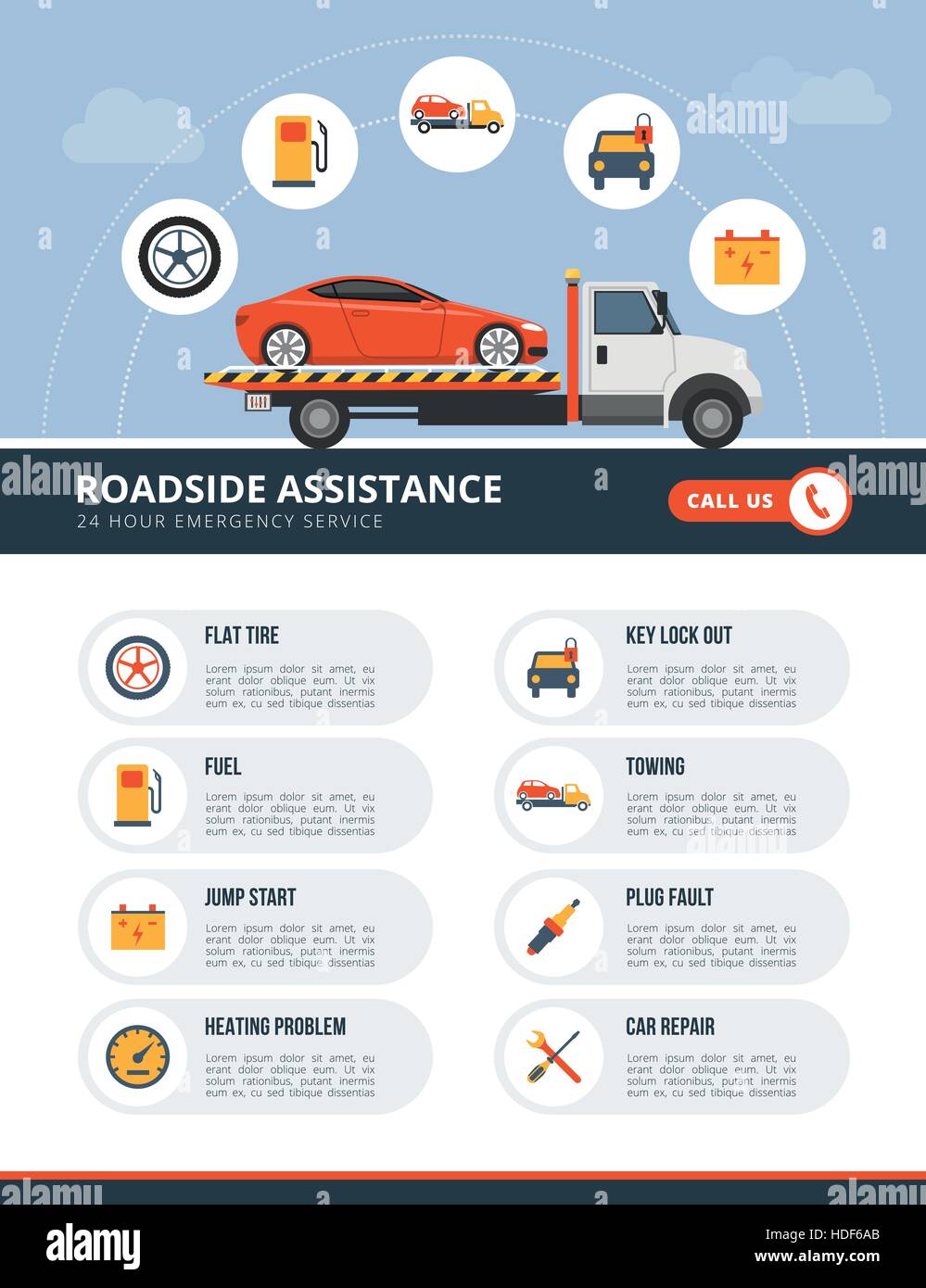Uncover The Definitions Behind The Control Panel Warning Lights In Your Auto To Protect The Health And Safety Of Your Car
Uncover The Definitions Behind The Control Panel Warning Lights In Your Auto To Protect The Health And Safety Of Your Car
Blog Article
visit my homepage -Cummings Heath
When you lag the wheel, those radiant warning lights on your dashboard can be a little bit perplexing. Do you recognize what they're attempting to tell you about your cars and truck's health and wellness? Understanding the relevance of these lights is vital for your safety and security and the longevity of your vehicle. So, the next time one of those lights appears, would not you wish to decipher its message properly and take the needed actions to resolve it?
Common Caution Lighting and Interpretations
Identify usual warning lights in your auto and recognize their definitions to ensure risk-free driving.
The most common caution lights consist of the check engine light, which signifies problems with the engine or exhausts system. If this light begins, it's crucial to have your vehicle examined immediately.
The oil pressure warning light shows reduced oil pressure, calling for immediate focus to stop engine damage.
A flashing battery light could recommend a malfunctioning billing system, possibly leaving you stranded otherwise attended to.
The tire stress tracking system (TPMS) light alerts you to reduced tire stress, affecting vehicle stability and gas efficiency. Neglecting summer car care could cause harmful driving problems.
The abdominal light suggests a problem with the anti-lock braking system, jeopardizing your capability to stop rapidly in emergency situations.
Finally, the coolant temperature cautioning light warns of engine getting too hot, which can lead to severe damages if not fixed swiftly.
Comprehending these common warning lights will certainly help you attend to issues promptly and preserve safe driving conditions.
Value of Prompt Attention
Comprehending the common caution lights in your vehicle is just the very first step; the value of quickly addressing these cautions can not be emphasized enough to ensure your safety and security when traveling.
When a warning light brightens on your dashboard, it's your vehicle's way of interacting a prospective problem that needs interest. Overlooking these warnings can cause more serious issues in the future, compromising your security and possibly costing you much more in repairs.
Motivate interest to cautioning lights can avoid break downs and accidents. For instance, a blinking check engine light could suggest a misfire that, if left unattended, could cause damage to the catalytic converter. Resolving this without delay can conserve you from an expensive repair.
Similarly, a brake system warning light could indicate reduced brake fluid or used brake pads, essential elements for your safety and security when driving.
DIY Troubleshooting Tips
If you discover a caution light on your control panel, there are a few DIY fixing suggestions you can try before looking for professional assistance.
The initial step is to consult your vehicle's manual to understand what the particular warning light indicates. Often the concern can be as straightforward as a loose gas cap setting off the check engine light. Tightening the gas cap may deal with the issue.
One more usual problem is a reduced battery, which can cause numerous warning lights. Checking the battery links for deterioration and ensuring they're protected may fix the problem.
If honda mechanic near me continues, you can attempt resetting it by disconnecting the vehicle's battery for a couple of mins and then reconnecting it. Furthermore, inspecting your lorry's fluid degrees, such as oil, coolant, and brake liquid, can help repair advising lights connected to these systems.
read this article
In conclusion, understanding your car's caution lights is essential for keeping your lorry running efficiently and securely. By promptly dealing with these notifies and understanding what they mean, you can prevent costly repair work and possible malfunctions.
Bear in mind to consult your cars and truck's guidebook for particular details on each alerting light and do something about it accordingly to guarantee a hassle-free driving experience.
Stay educated, remain safe when driving!
